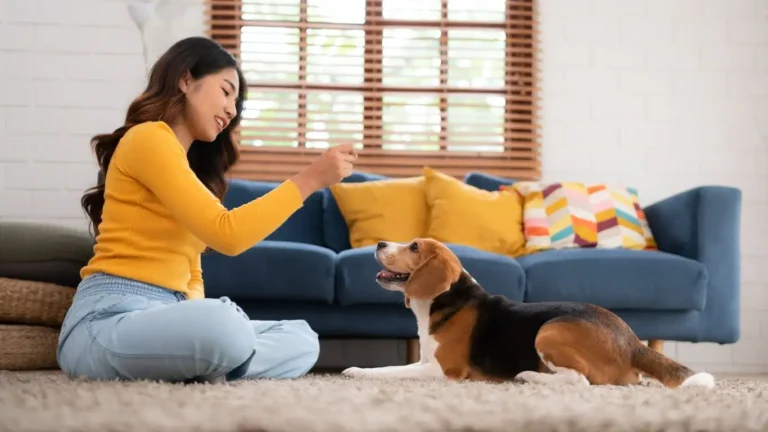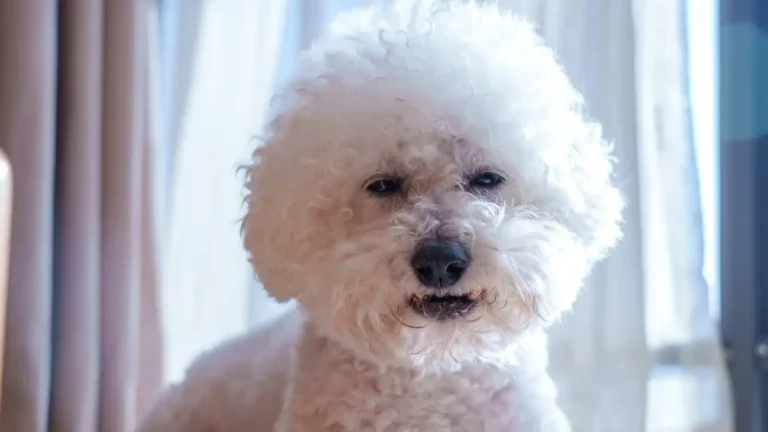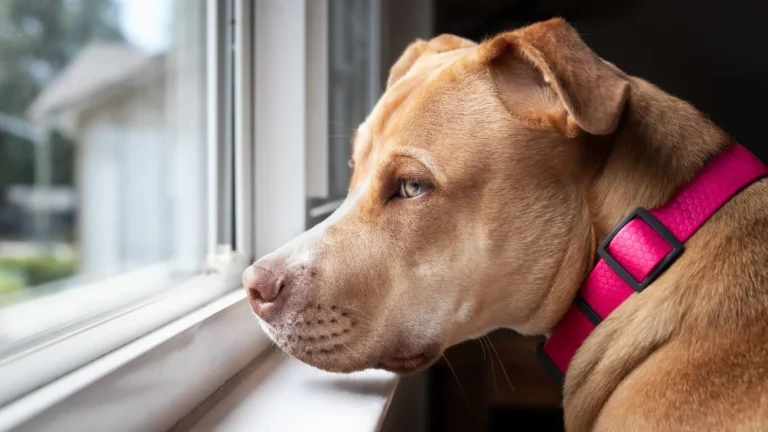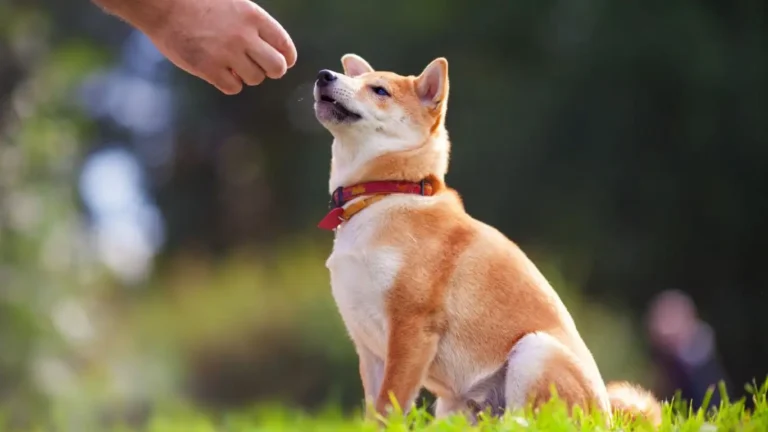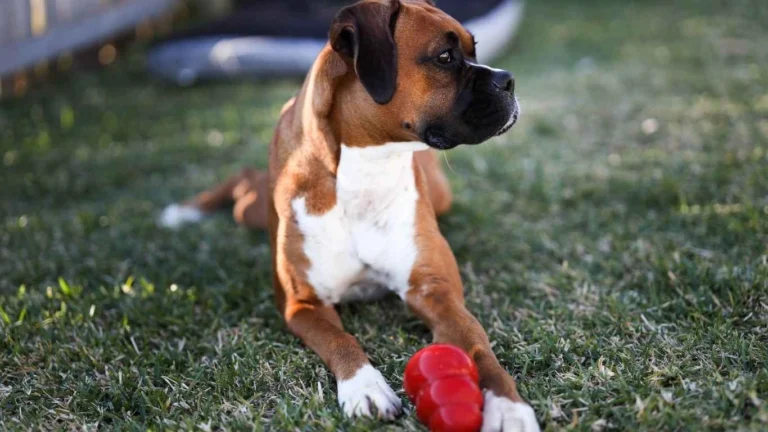How to Train a Dog to Walk Without Weaving: Simple Steps That Work Fast
Walking your dog without constant weaving can feel like a superpower, but trust me—it’s totally achievable with the right approach. As someone who’s spent years training therapy dogs, I’ve seen firsthand how teaching a dog to walk calmly on a leash not only makes strolls more enjoyable but also strengthens that special bond between you two. If you’ve ever found yourself zigzagging down the sidewalk or getting pulled in every direction, then you’re in the right place. Let’s dive into how to train a dog to walk without weaving and get those walks smooth and stress-free.
Why Do Dogs Weave When Walking?
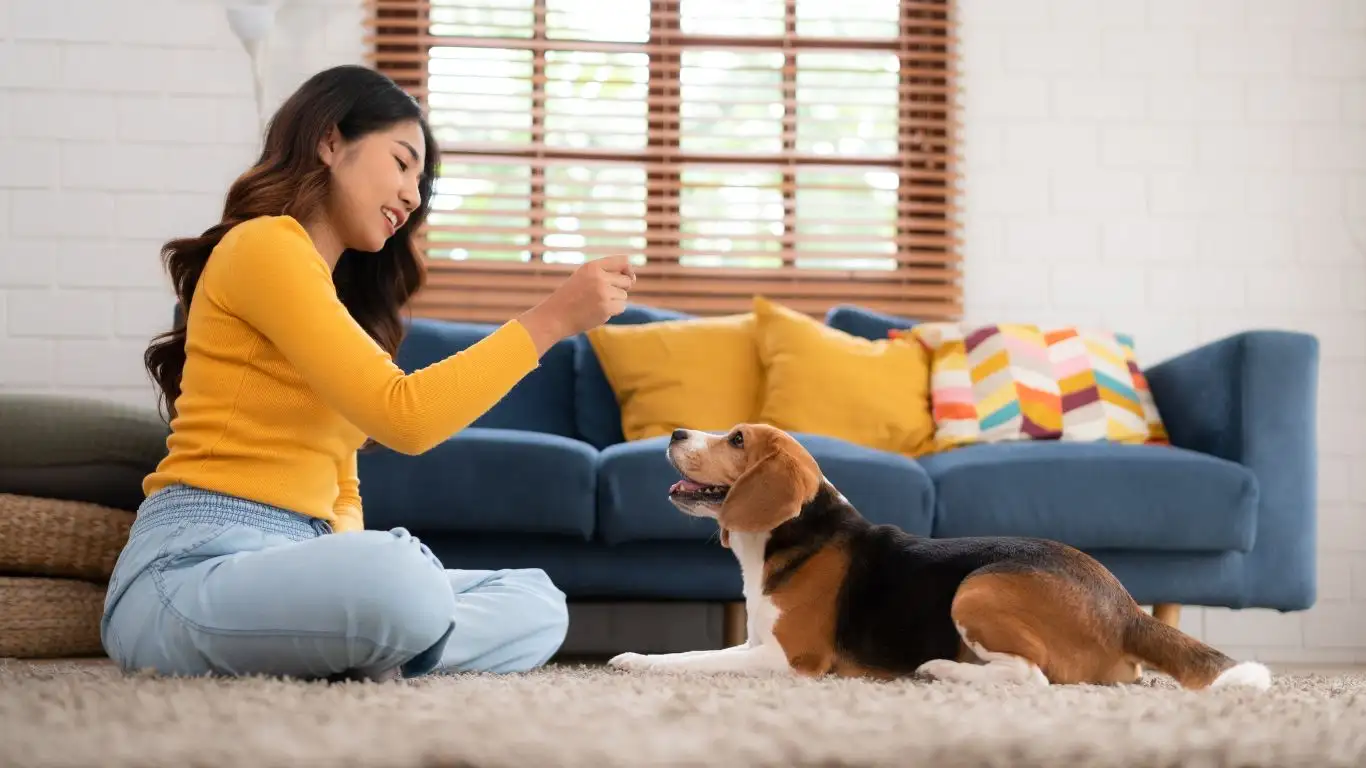
First things first, understanding why dogs weave is key to addressing the behavior. Dogs naturally want to explore their environment, which means sniffing, darting toward interesting sights, or reacting to distractions. This excitement often translates into weaving or zigzagging during walks. From my experience, weaving is less about “bad behavior” and more about your dog’s curiosity and energy levels.
In therapy dog training, we emphasize calm and controlled walking because it helps the dog focus and relax even in stimulating environments. But it’s not just therapy dogs—any dog can learn to walk nicely with patience and the right techniques. When you understand your dog’s motivation, you’re halfway there.
How to Train a Dog to Walk Without Weaving: Setting the Stage
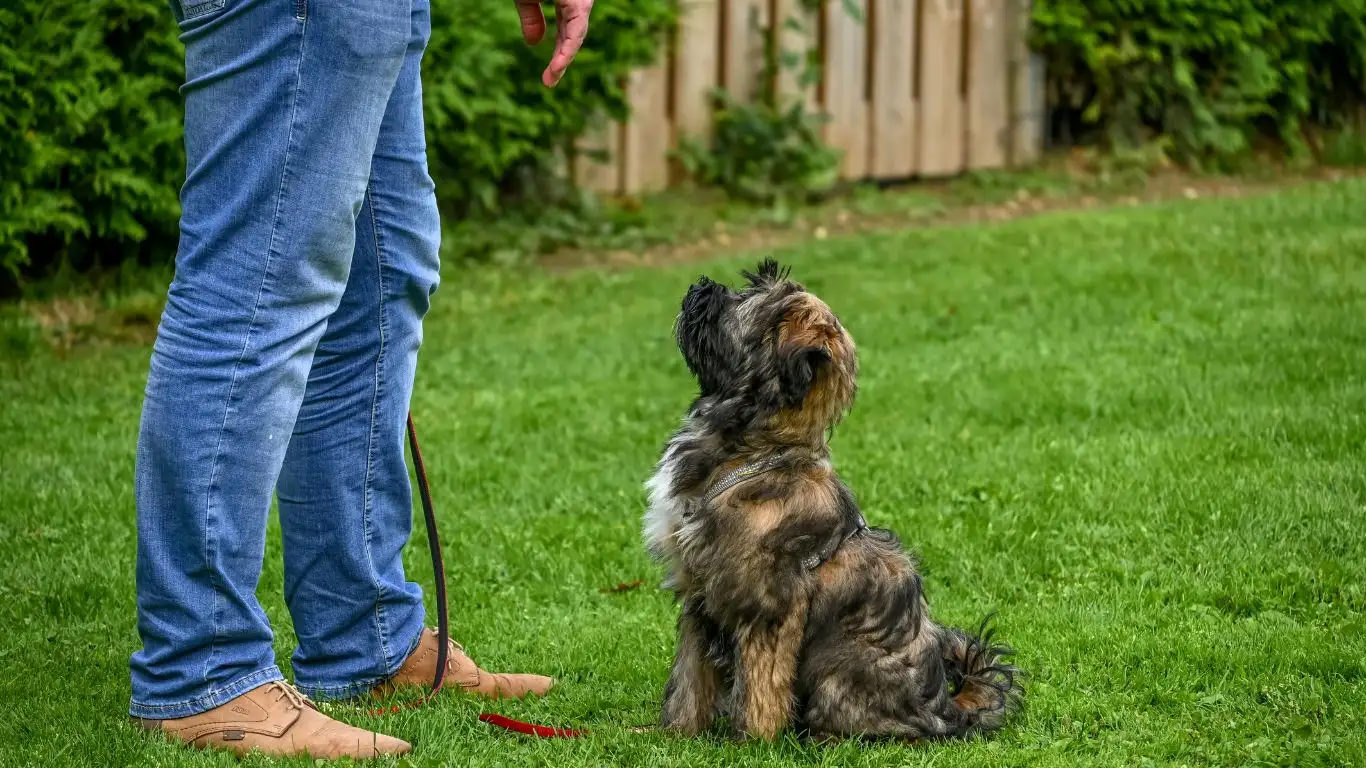
Start with the Basics: The Right Equipment
One thing I always recommend is to start by checking your gear. Using the proper collar or harness can make a huge difference. For dogs prone to pulling or weaving, a front-clip harness often works wonders because it gently steers them back toward you without causing discomfort. Avoid retractable leashes during training—they give your dog too much freedom and make it harder to control sudden movements.
Pick Your Training Environment Wisely
When teaching leash manners, start in a quiet, familiar place with minimal distractions. It could be your backyard, a quiet park, or even inside your home if needed. This way, your dog can focus better without getting overwhelmed by exciting sights or smells.
Clear Communication is Everything
Dogs thrive on consistency and clear signals. From day one, decide on simple commands that you’ll use for walking, like “heel,” “let’s go,” or “easy.” Stick to the same words every time so your dog learns what you expect. I always keep my tone upbeat but calm because it helps my therapy dogs stay relaxed and attentive.
Techniques That Really Work
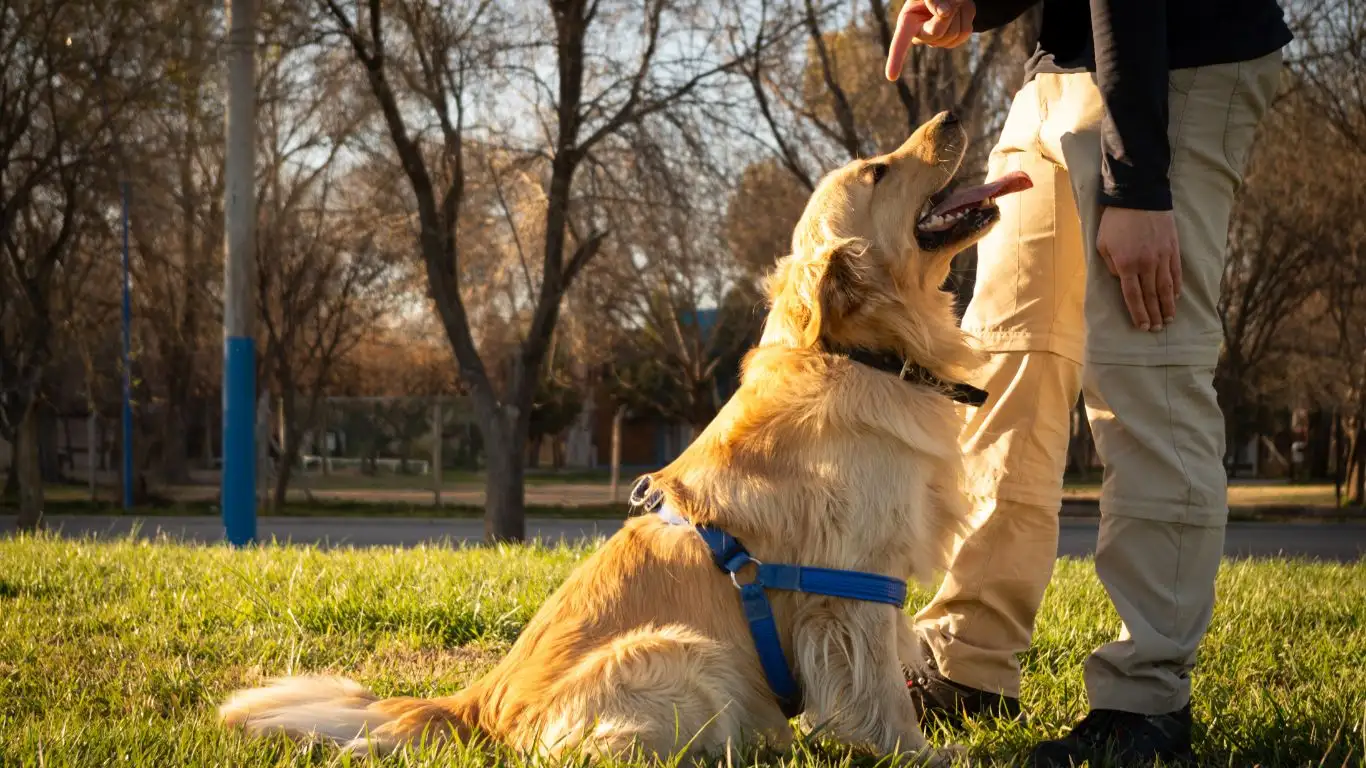
Use Positive Reinforcement
This is where patience meets rewards. Whenever your dog walks without weaving, even for a few steps, reward them immediately with treats, praise, or a quick play break. Positive reinforcement builds a strong association between calm walking and good things happening.
Practice the “Stop and Go” Method
One trick I picked up during therapy dog sessions is to stop walking the moment your dog starts to weave or pull. Stand still and only move forward when the leash slackens and they return to your side. This way, they learn that weaving means no progress, but walking nicely means moving forward.
Keep Sessions Short and Sweet
Dogs, especially young or high-energy ones, can lose focus quickly. I always keep training walks short—about 10 to 15 minutes—and end on a positive note. Over time, as their behavior improves, you can gradually increase the duration.
Advanced Tips to Stop Your Dog from Weaving on Walks

Once your dog starts getting the hang of walking without weaving, it’s time to level up. From my years working with therapy dogs, I’ve learned that consistency and gradual challenges keep both you and your dog engaged and improving. Here are some tips to help you maintain progress and handle tricky distractions like other dogs, squirrels, or noisy streets.
Keep Your Dog’s Focus with Engagement Games
One little trick I love is turning your walk into a fun, interactive session. You can teach your dog to “look” at you on cue. This simple game reinforces attention and keeps their eyes on you instead of the tempting distractions all around. Use treats or your dog’s favorite toy as a reward when they make eye contact during the walk.
Engagement games are gold for therapy dogs who need to stay calm around lots of stimuli, and they work just as well for any dog learning to walk nicely. It’s amazing how a little focus shift can reduce weaving almost immediately.
Change Directions Often
If your dog tends to pull and weave toward something interesting, changing directions can be a game-changer. When you see your dog starting to drift or fixate, calmly turn around and walk the other way. This teaches your dog that you’re the leader and that following your lead is the way to keep moving.
At first, your dog might be confused, but with practice, they’ll start tuning in more to your movements. In my experience, this method is especially effective with younger dogs or high-energy breeds who are easily distracted.
Work on Loose Leash Walking in Different Settings
One mistake I often see dog owners make is training only in quiet places, then expecting their dog to behave perfectly in busy parks or city sidewalks. Dogs, like people, need practice in all sorts of environments. After your dog masters walking without weaving in calm areas, gradually introduce more distractions. It could be a busier park, a street with more traffic, or even walking near other dogs.
This gradual exposure helps your dog generalize good walking behavior, so they don’t just “get it” in one spot but everywhere. Patience is key here—some days will be better than others, and that’s okay!
Common Challenges and How to Overcome Them
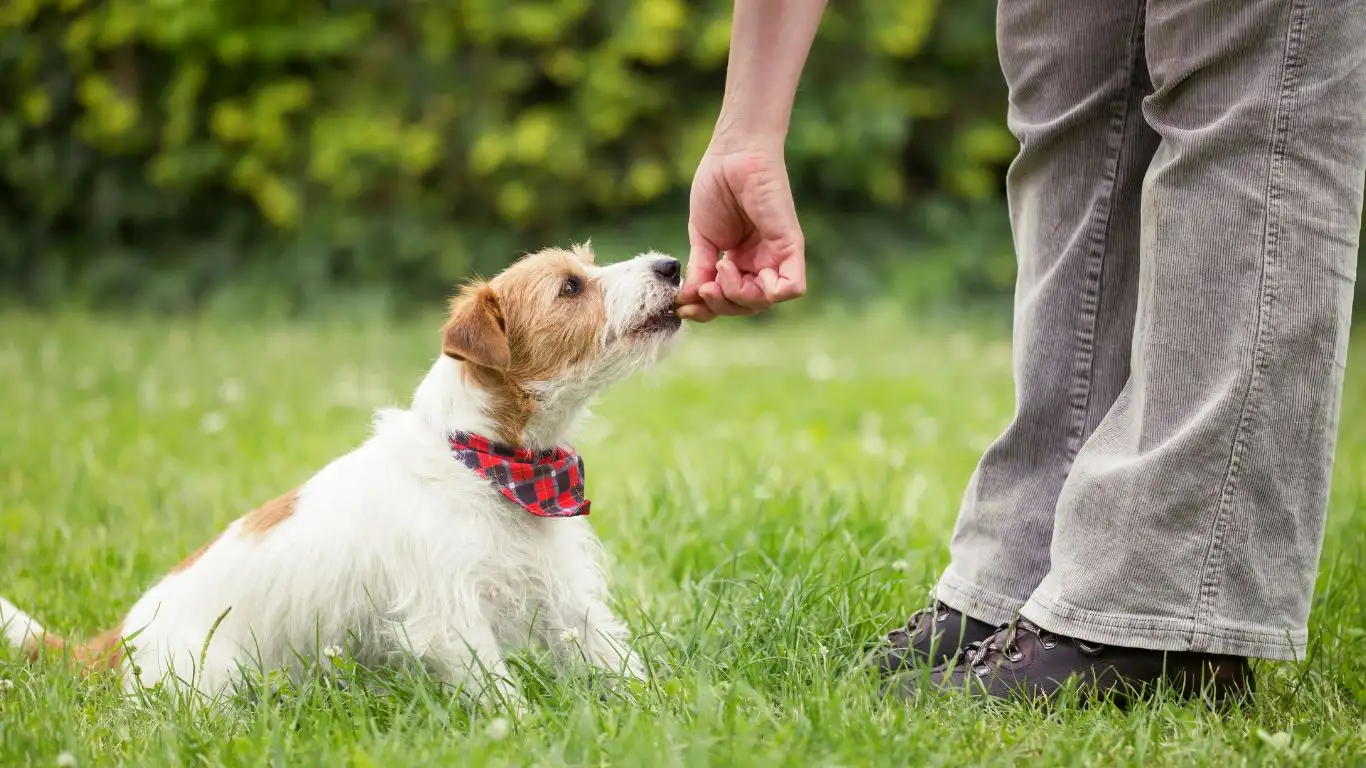
When Your Dog Pulls Despite Training
It’s super normal to hit bumps on the road. Sometimes your dog might suddenly pull or weave out of excitement, fear, or even just a burst of energy. When this happens, don’t get frustrated—remember, this is a learning process for both of you.
One technique I use is to calmly stop walking whenever the leash gets tight. Don’t yank or punish—just freeze and wait until the leash slackens. Your dog will quickly learn that pulling means no forward progress, and loose leash walking is the key to moving on. This patience is tough but so effective.
Handling Reactive or Nervous Dogs
For dogs that get nervous or reactive around people, other dogs, or loud noises, weaving can be a way to escape or seek comfort. In these cases, it helps to pair leash training with relaxation techniques like deep breathing exercises for yourself (yes, it works!) and plenty of calm praise for your dog.
Working with a professional trainer or a behaviorist can also make a huge difference here. Over the years, I’ve collaborated with vets and behaviorists to help therapy dogs overcome anxiety and become confident walking partners. Remember, every dog is unique, and tailoring your approach is part of effective training.
Maintaining Progress: Keep It Fun and Consistent
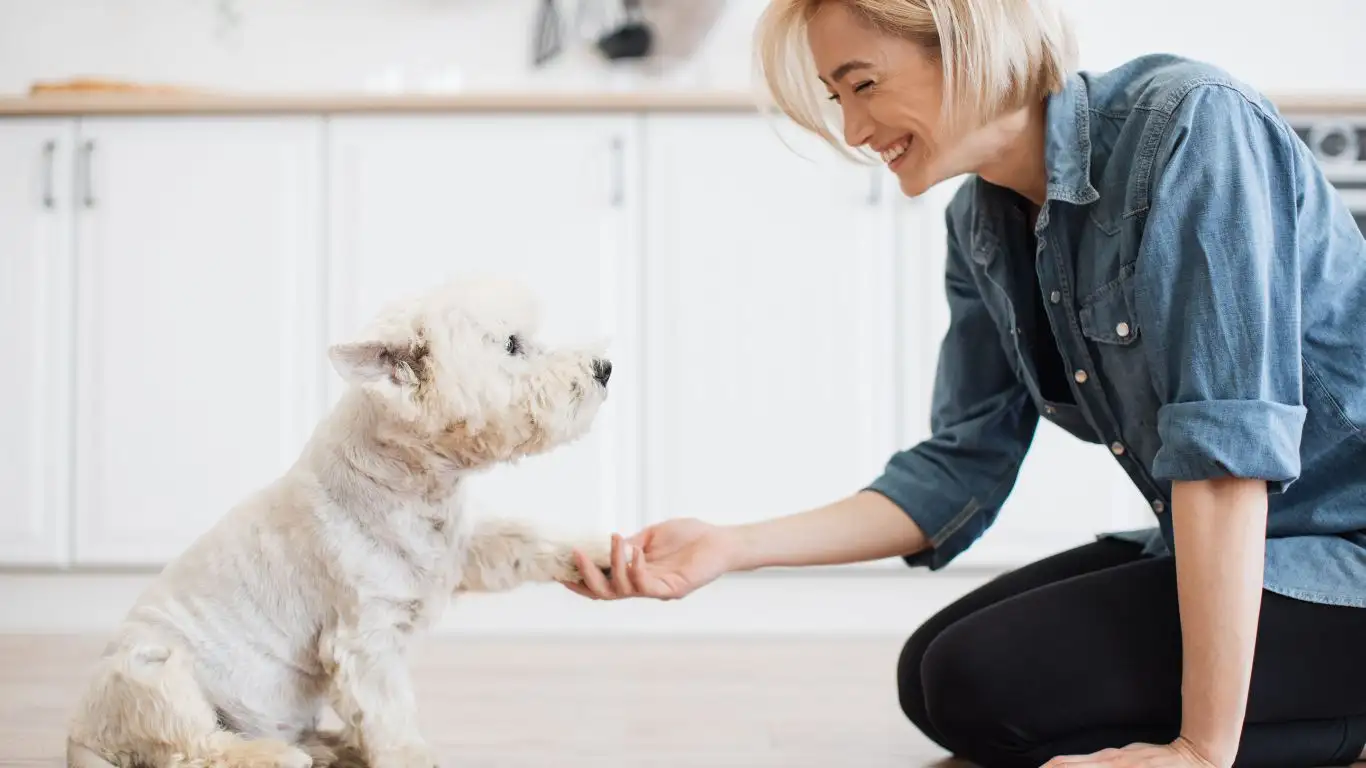
Long-term success comes from making leash walking a positive, rewarding experience for your dog. Here are some tips to keep the momentum going:
- Regular Practice: Short daily walks focusing on good leash manners keep skills sharp.
- Mix Rewards: Switch between treats, praise, and play to keep your dog motivated.
- Stay Patient: Training isn’t always linear—expect ups and downs and celebrate small wins.
- Check Your Energy: Dogs pick up on your mood, so stay calm and confident on walks.
From personal experience, dogs thrive when training feels like a game, not a chore. I often tell clients that the journey to leash harmony is as much about your relationship as it is about behavior. When your dog trusts you and enjoys your company, weaving becomes a thing of the past.
Building a Lasting Habit: How to Make Calm Walking a Lifestyle
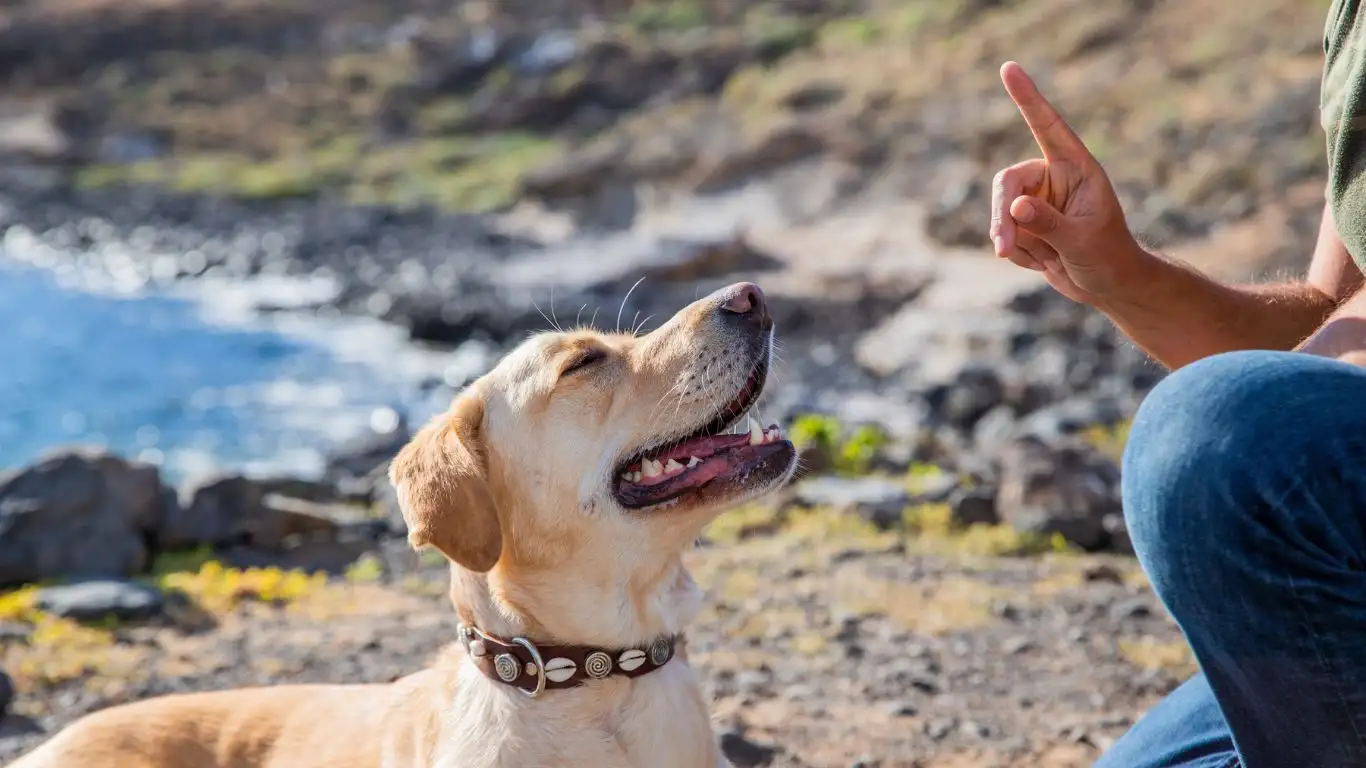
By this point, if you’ve been practicing the tips and techniques shared so far, you’re probably noticing some real progress in your dog’s walking manners. But here’s the thing—training isn’t a one-and-done deal. To truly master how to train a dog to walk without weaving, it has to become part of your daily routine, a lifestyle, not just a quick fix.
From my experience as a canine-assisted therapy trainer, the key to lasting success lies in consistency and reinforcement. Dogs thrive on routine and clear expectations, so incorporating calm leash walking into your everyday activities sets your dog up for long-term success. Plus, it deepens the connection between you and your pup, which is honestly the best reward.
Incorporate Training Into Every Walk
Instead of setting aside “training sessions,” treat every walk as a chance to practice. This means being mindful of your dog’s behavior and gently correcting weaving whenever it happens, even during casual strolls. If you let old habits sneak in on “fun” walks, your dog gets mixed messages and progress can stall.
One technique I use personally is to keep treats handy during regular walks and reward good leash manners spontaneously. That little bit of positive reinforcement keeps my dogs motivated and engaged no matter where we are.
Vary Your Routes to Keep Things Interesting
Walking the same route every day can get boring for your dog—and for you. Mixing up your paths challenges your dog to focus in new environments and keeps the walk mentally stimulating. Different smells, sights, and sounds all work as gentle distractions your dog learns to navigate without pulling or weaving.
Practice Patience and Compassion
Every dog learns at their own pace. I’ve worked with dogs who picked up leash manners in days and others who took months. It’s important to be patient and celebrate progress, no matter how small. If your dog has a bad day and pulls or weaves more than usual, don’t get discouraged—just reset, take a deep breath, and try again.
Common Mistakes to Avoid When Training Your Dog to Walk Without Weaving
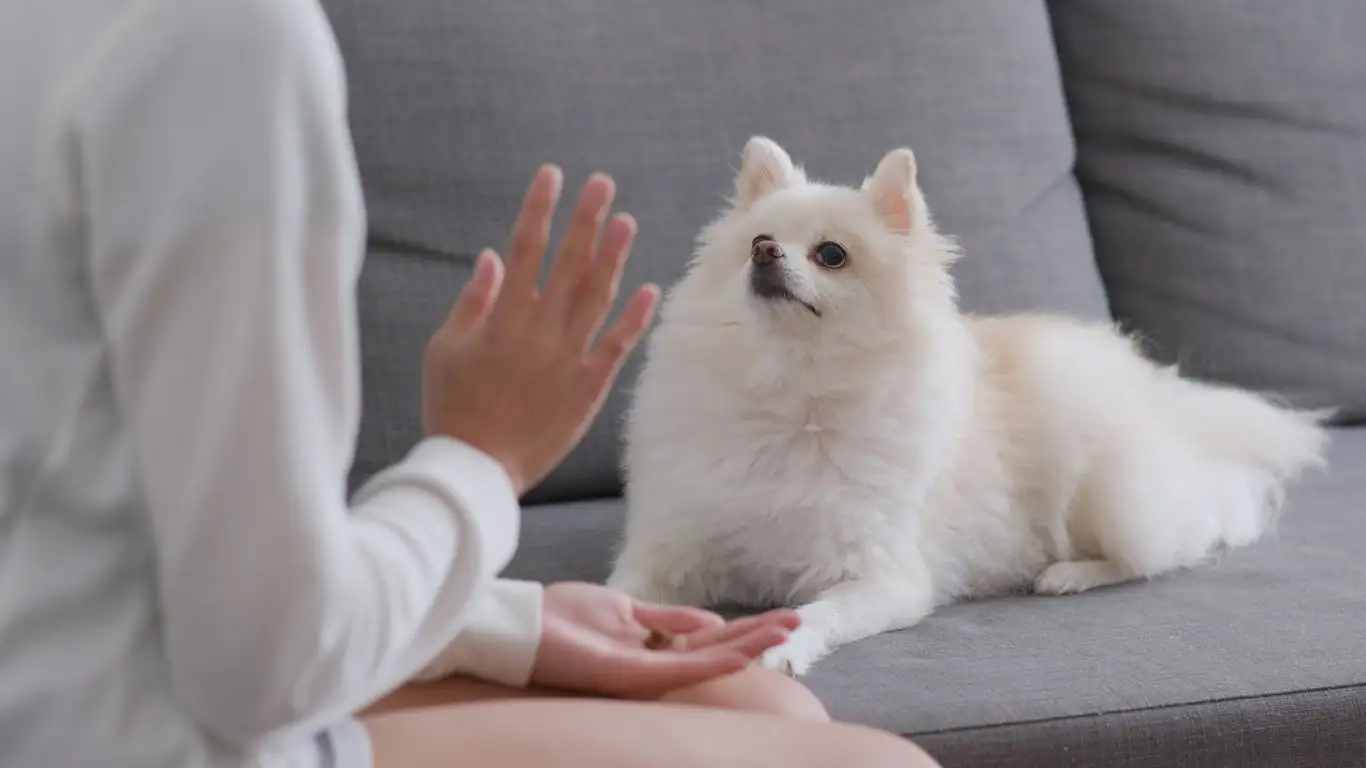
Relying Too Much on Punishment
One trap many dog owners fall into is using punishment or harsh corrections to stop weaving. This can cause your dog to become fearful or anxious on walks, which ironically can make behavior worse. From my years working with therapy dogs, positive reinforcement is always the way to go—it builds trust and makes training fun instead of stressful.
Inconsistent Commands and Expectations
If you switch up commands or allow weaving sometimes but not others, your dog will be confused. Consistency is key. Choose simple, clear cues and stick with them. This helps your dog understand exactly what you want, which speeds up learning.
Ignoring Your Own Body Language
Dogs are experts at reading body language, sometimes even better than we realize. If you’re tense, rushing, or distracted, your dog can pick up on that and get antsy too. Stay calm, relaxed, and confident during walks—your dog will mirror that energy.
When to Seek Professional Help
If you’ve tried the strategies we’ve talked about and your dog still struggles with weaving or pulling, don’t hesitate to reach out to a professional. As a therapy dog trainer, I often recommend consulting a certified dog trainer or behaviorist who can provide personalized guidance tailored to your dog’s specific needs.
Sometimes underlying issues like anxiety, fear, or past trauma contribute to challenging walking behavior. Professionals can help identify these and work with you to create a comprehensive plan that supports both you and your dog.
Additional Resources for Dog Owners
- Association of Professional Dog Trainers (APDT)
- American Kennel Club (AKC)
- The Humane Society of the United States
- American Gastroenterological Association
Disclaimer
The information provided here is based on my personal experience as a Canine-Assisted Therapy Trainer and general best practices in dog training. However, every dog is unique, and what works for one might not work for another. Always consult with a qualified professional if your dog exhibits severe behavioral issues or health concerns.
